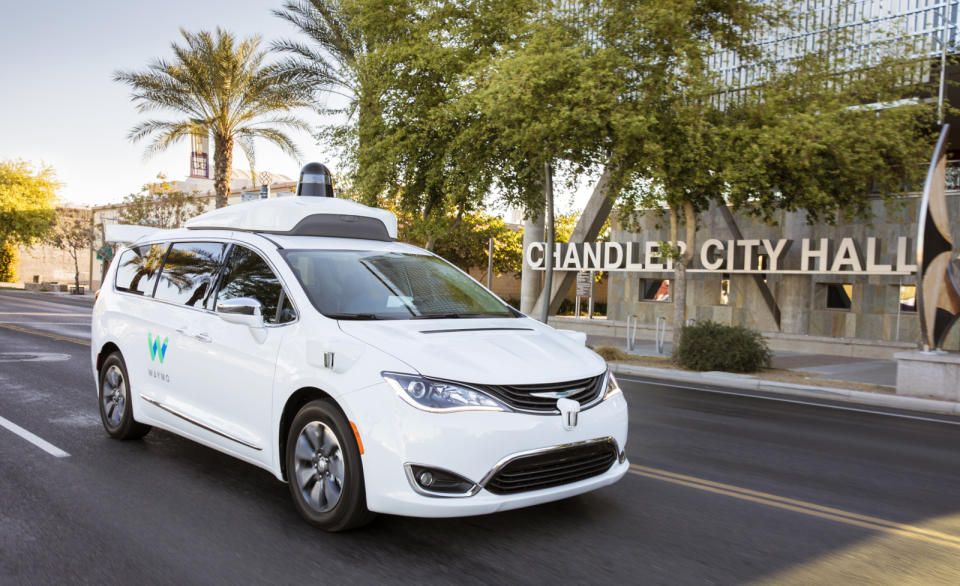Engadget has been testing and reviewing consumer tech since 2004. Our stories may include affiliate links; if you buy something through a link, we may earn a commission. Read more about how we evaluate products.
Waymo tells law enforcement what to do in case of emergency
Waymo put together a booklet with instructions for self-driving emergencies.
In a decade or so, law enforcement could already be used to dealing with incidents and accidents involving self-driving vehicles. For now, Waymo wants to make sure cops, firefighters, paramedics and other first responders know how to handle their driverless vehicles, so the company put together a 41-page law enforcement interaction protocol. According to IEEE Spectrum, the Alphabet-owned company has submitted the protocol to the California DMV as part of its application to test fully driverless vehicles -- ones with no human tester behind the wheel -- on its roads. And to summarize the booklet's contents (PDF), Waymo wants authorities to prioritize calling the company, immobilizing the vehicle and protecting its autonomous tech in case of emergencies.
Back on April 2nd, the Golden State's new DMV regulations took effect, allowing it to issue permits to companies that want to conduct fully driverless tests. It didn't name that one company that already applied for a permit, but a report published shortly after the new rules took effect revealed that it was Waymo. Since the 52 fully driverless Chrysler Pacifica hybrid minivans it's unleashing on California roads could get into accidents, its booklet contains detailed instructions complete with illustrations.
For instance, it explains how to disable the self-driving tech in minivans that have and don't have an Emergency Stop Button. The company wants authorities to call a hotline if the incident isn't time-sensitive, though, so it can try to disable the technology remotely. Waymo's booklet also tells authorities how to shut down the vehicles' engine and which cable to cut to deactivate the battery if needed. It contains instructions on how to tow the vehicle, as well, asking authorities to "use caution to avoid damaging the sensors."
The company warns that the vehicles could produce byproducts if they become submerged in water, and that those byproducts could be explosive or could have adverse effects on human health. In case one of its vehicles catches fire, it says chemical extinguishers are not effective, and that firefighters should apply large amounts of water "at the maximum possible distance." And in the event that someone's trapped inside one of the minivans, the brochure shows authorities where to cut the vehicle exactly. Some of the instructions in there could be common knowledge or could be figured out with common sense. But the tech is so new, that they're things that needed to be spelled out to ensure everyone's safety.


